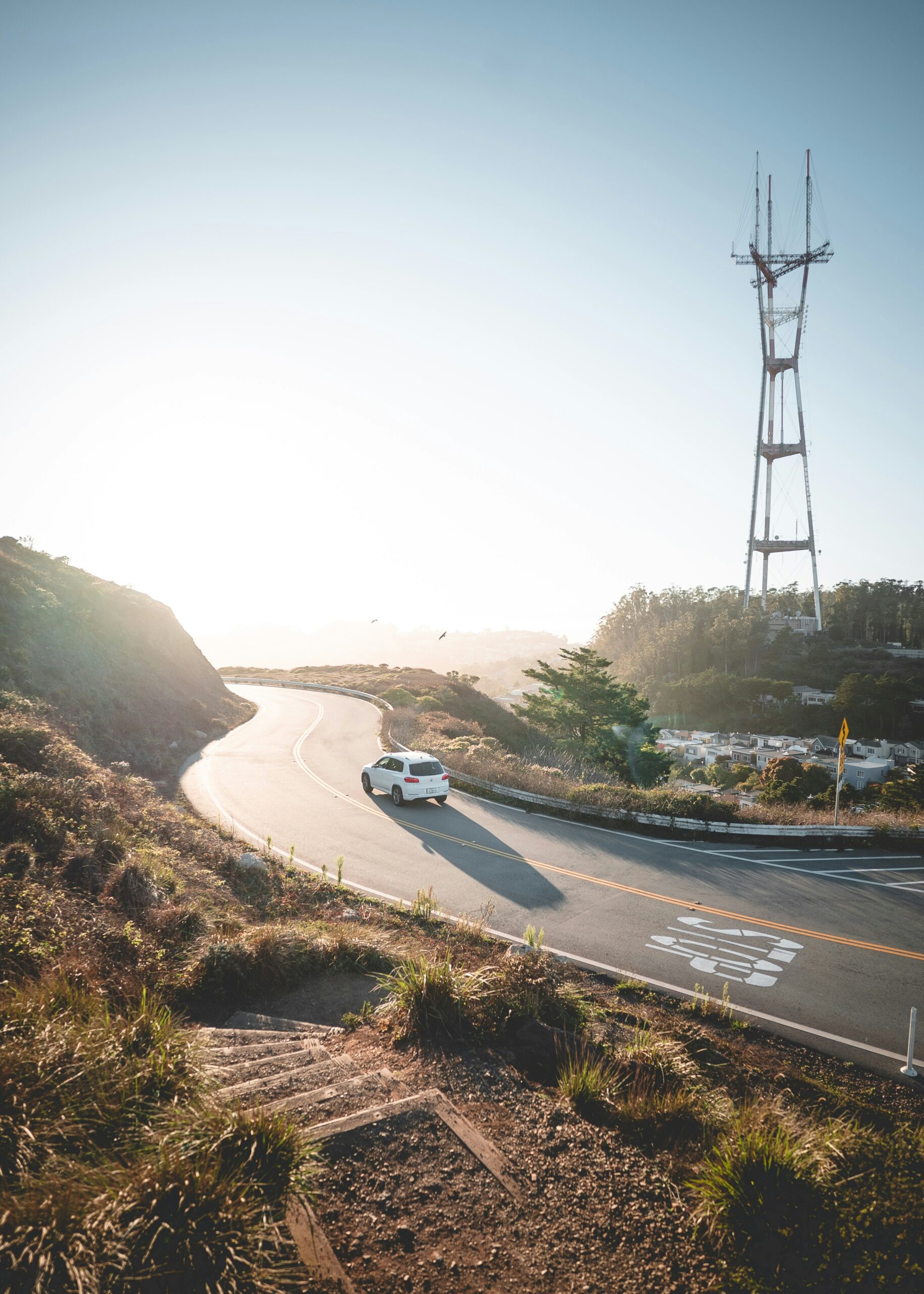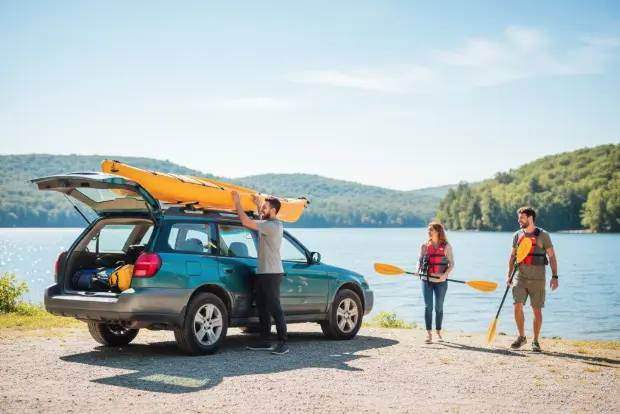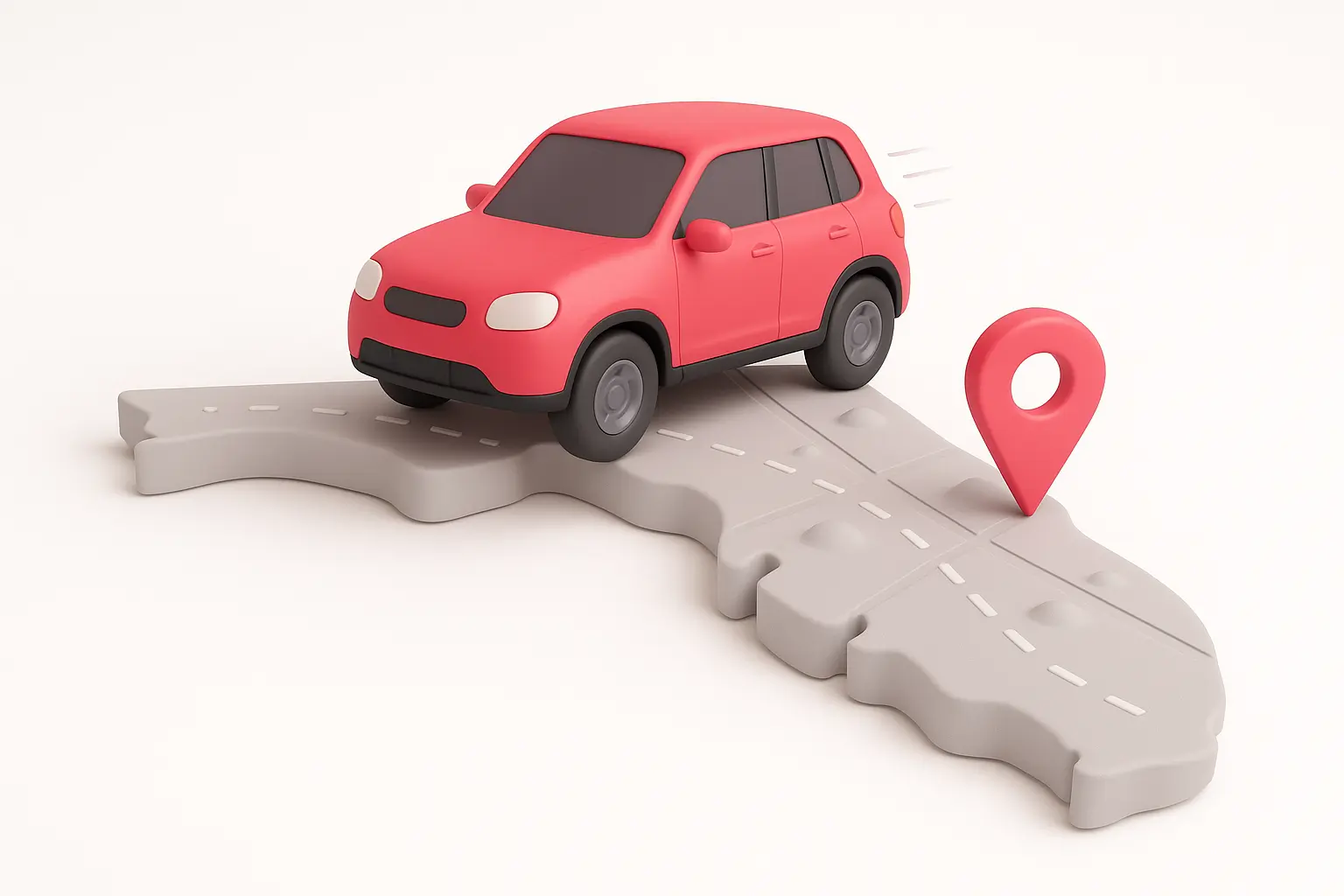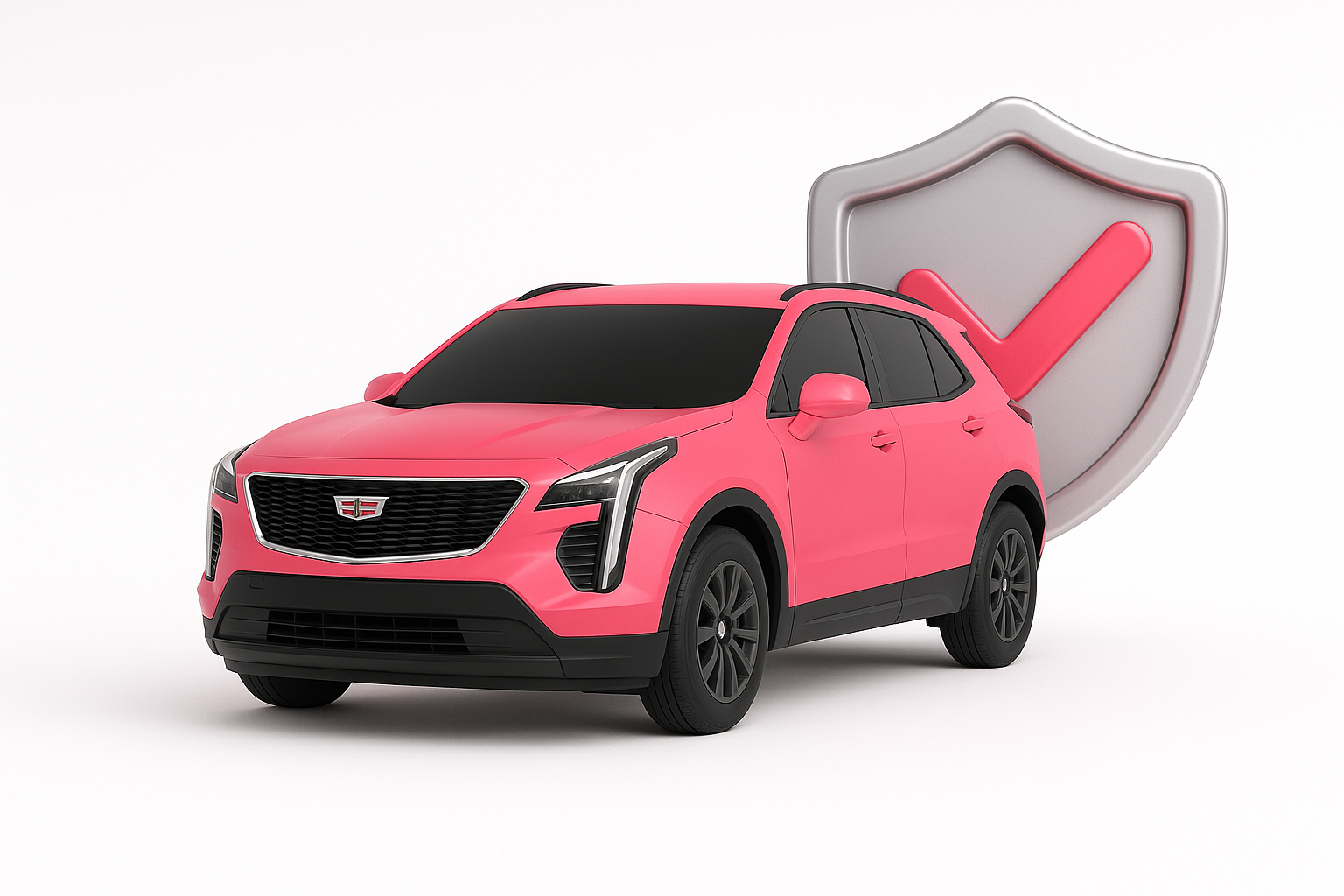Uninsured motorist (UM) coverage pays for your medical bills and other expenses when you’re hit by a driver who doesn’t have car insurance, protecting you from paying thousands out of pocket when someone else causes an accident.
Jerry has helped 66,454 drivers add uninsured motorist coverage to their policy in the past year, and we recommend it for anyone on the road.
It’s one of the most affordable types of car insurance for protecting yourself from uninsured drivers, with our customers typically paying $77–$195 per month for a state minimum policy that includes UM. That’s only about $10–$26 more per month than the same policy without it. The added peace of mind is often well worth the cost.

Jerry pulls up to 20 quotes from top rated carriers.
What uninsured motorist covers
Whether you need UM coverage or not depends on your specific situation:
| Covered | Not covered |
|---|---|
| Medical bills after being hit by an uninsured driver. | Your medical bills when you cause an accident. |
| Lost wages from injuries caused by uninsured drivers. | Car repairs in states without UMPD. |
| Car repairs after being hit by an uninsured driver (in states where UMPD is included).* | Accidents with insured drivers. |
| Funeral expenses from fatal accident with uninsured driver. | |
| Pain and suffering compensation. | |
| Hit-and-run accidents.** |
*UMPD (uninsured motorist property damage) is car insurance coverage that pays to repair or replace your vehicle if it’s damaged by a driver who doesn’t have insurance. Depending on your state, UMPD may be automatically combined with UM coverage or sold separately.
**Covered in most states.
Jerry recommends: Consider uninsured motorist coverage if you live in states with high rates of uninsured drivers, like Florida (20.6%), Mississippi (28.2%), or New Mexico (24.1%), even if it’s not mandated by law.
Is uninsured motorist coverage required?
Uninsured motorist coverage is mandatory in about half of U.S. states and Washington, D.C., so whether you need it depends on where you live.
In states where it’s not required, insurers typically offer UM as optional coverage that you can decline in writing if you choose not to add it to your policy.
Why it matters: Even in states where UM is optional, it’s worth considering. About 1 in 7 drivers is uninsured. If you’re hit by one of them, but don’t have UM coverage, you’ll be left having to pay for your injuries and damages.
Should you get uninsured motorist coverage?
Even if your state does not require uninsured motorist (UM) coverage, it is often worth adding to your policy. When choosing coverage, aim to match your UM limits to your liability insurance limits. For example, if your bodily injury limits are 100/300, your UM limits should be the same.
-
You have financial assets, like savings or a home, to protect.
-
You live in a state with high uninsured driver rates.
-
You frequently drive in high-traffic areas.
The Jerry difference: Use the Jerry app to compare car insurance quotes from multiple insurers, side-by-side, to find the best policy with uninsured motorist coverage.
Compare quotes with uninsured motorist coverage through Jerry
When you shop for car insurance, compare rates with uninsured motorist coverage to see how it is priced. You can get quotes through Jerry, then add or remove it to see whether the coverage makes sense to buy.
Jerry works with over 50 carriers to compare quotes in minutes, and can shop for new rates when your policy is up for renewal.
Similar coverage types
Underinsured motorist (UIM) coverage: Covers expenses when the at-fault driver has insurance but not enough to pay for all your damages. Often bundled with UM as UM/UIM.
Personal injury protection (PIP): Covers your medical expenses regardless of who caused the accident, but doesn’t cover lost wages or pain and suffering like UM does.
Medical payments (MedPay): Pays medical bills for you and your passengers after any accident, but has lower limits than UM and doesn’t cover lost wages. MedPay is more limited than PIP because it only covers medical bills, but it’s offered nationwide and generally comes at a lower cost.
Jerry recommends: Bundle UM with UIM (underinsured motorist) coverage for comprehensive protection. The combined cost is usually only slightly more than UM alone.
When to file a UM claim
File a UM claim when:
🚗 You’re hit by a driver with no insurance.
🏃 You’re injured in a hit-and-run accident.
🚫 The at-fault driver’s insurance company denies coverage.
💰 You need coverage for lost wages or pain and suffering.
Don’t file a UM claim when:
✅ The at-fault driver has adequate insurance to cover damages.
⚠️ You caused the accident.
🔧 The accident involves only property damage in states without UMPD.

It only takes 2 minutes to sign up at Jerry.
faq
-
💵 Does uninsured motorist coverage have a deductible?
-
🤔 What’s the difference between uninsured and underinsured motorist coverage?
-
🚗 Does uninsured motorist coverage also protect me from underinsured drivers?
-
🚙 Can I stack uninsured motorist coverage if I have multiple vehicles?
-
🏥 Will my health insurance cover me instead of uninsured motorist coverage?
Methodology
Data included in this analysis comes from policies that Jerry has quoted within the last 6 months for drivers with a clean record and that have full coverage, unless stated otherwise. Data related to violations, accidents or credit scores pull from quote data from the last 18 months. Jerry services 48 states and offers a range of insurance companies to choose from.

Ben Moore is a writer and editor at Jerry and an auto insurance expert. He previously worked as a writer, editor and content strategist on NerdWallet’s auto insurance team for five years. His work has been published in The Associated Press, Washington Post, Chicago Sun-Times, MarketWatch, Nasdaq and Yahoo News. He also served as a NerdWallet spokesperson, with appearances on local broadcast television and quotes in Martha Stewart and Real Simple magazine.
Ben has an extensive background in digital marketing, working on affiliate and programmatic advertising campaigns for brands like Cabela’s, H&R Block and Sears. He holds a bachelors degree in marketing from Olivet Nazarene University.






